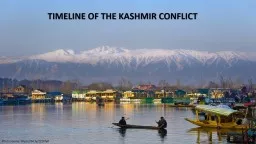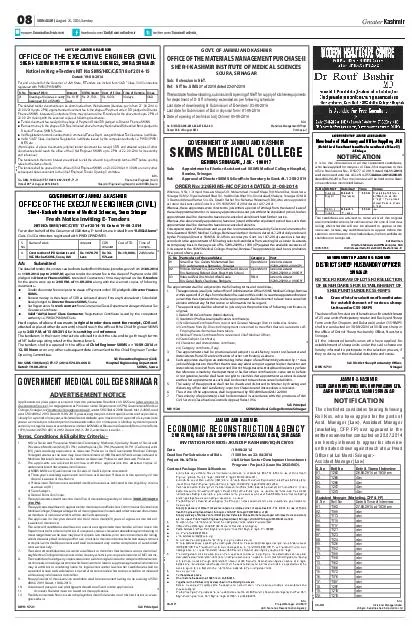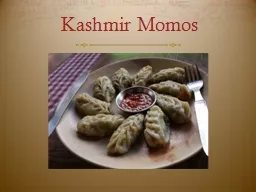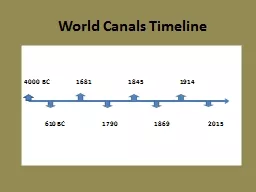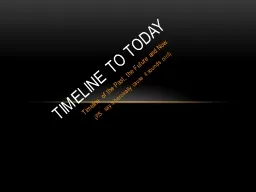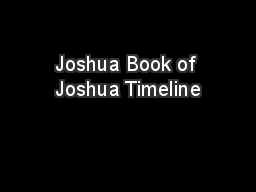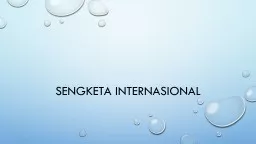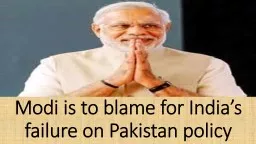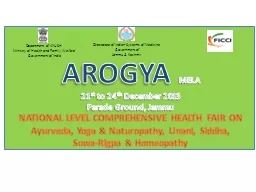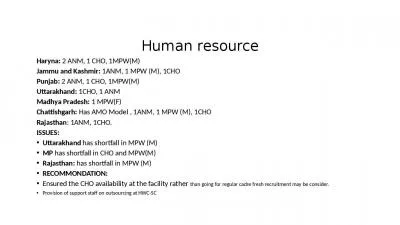PPT-TIMELINE OF THE KASHMIR CONFLICT
Author : myesha-ticknor | Published Date : 2020-04-05
Photo source httpsbitly2Z2Rhj0 August 1947 India and Pakistan gain independence from the United Kingdom October 1947 The Maharaja King Hari Singh of the princely
Presentation Embed Code
Download Presentation
Download Presentation The PPT/PDF document " TIMELINE OF THE KASHMIR CONFLICT" is the property of its rightful owner. Permission is granted to download and print the materials on this website for personal, non-commercial use only, and to display it on your personal computer provided you do not modify the materials and that you retain all copyright notices contained in the materials. By downloading content from our website, you accept the terms of this agreement.
TIMELINE OF THE KASHMIR CONFLICT: Transcript
Download Rules Of Document
" TIMELINE OF THE KASHMIR CONFLICT"The content belongs to its owner. You may download and print it for personal use, without modification, and keep all copyright notices. By downloading, you agree to these terms.
Related Documents

